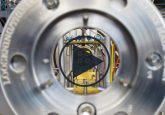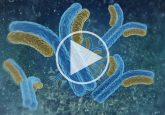The future of LC–MS for pharmaceutical analysis: an interview with Jun Qu
In this interview, Jun Qu (University at Buffalo; NY, USA) describes his current research focuses, including the technologies he is currently developing. Jun goes on to discuss the challenges involved in implementing sensitive quantifications of biotherapeutics using LC–MS and the key issues that need to be addressed, particularly for tissue analysis via LC–MS. Finally, Jun speculates on the future of LC–MS describing where he believes the trend for the development of improved sensitivity, selectivity and accuracy for LC–MS quantitation is heading.
Resources:
1 Aging of biological matrices and its effect on bioanalytical method performance
In this perspective piece, a general discussion on the importance of these matrix effects is provided as well as how to properly address them in the method-development and validation stages of regulated bioanalysis.
2 Validation of a biotherapeutic immunoaffinity-LC–MS/MS assay in monkey serum: ‘plug-and-play’ across seven molecules
In this research article the authors describe the validation of an immunoaffinity (IA)-LC–MS/MS method to quantify a monoclonal antibody biotherapeutic in cynomolgus monkey serum.
3 Development of a UHPLC–MS/MS (SRM) method for the quantitation of endogenous glucagon and dosed GLP-1 from human plasma
In this research article, the authors discuss a LC–MS/MS method that offers a viable alternative to immunoassays for the quantitation of endogenous glucagon, dosed glucagon and/or dosed GLP-1.






